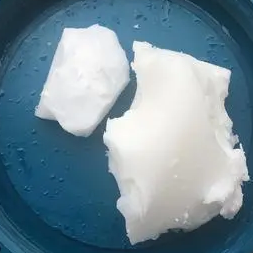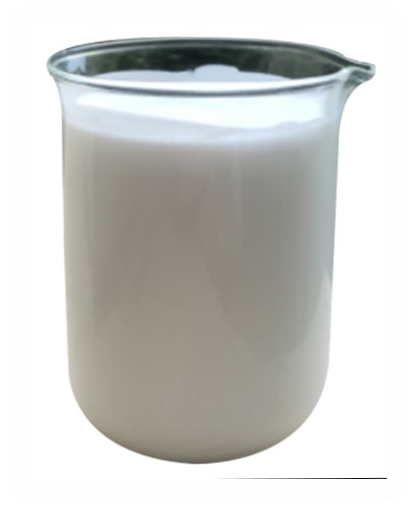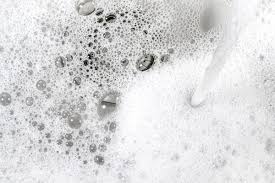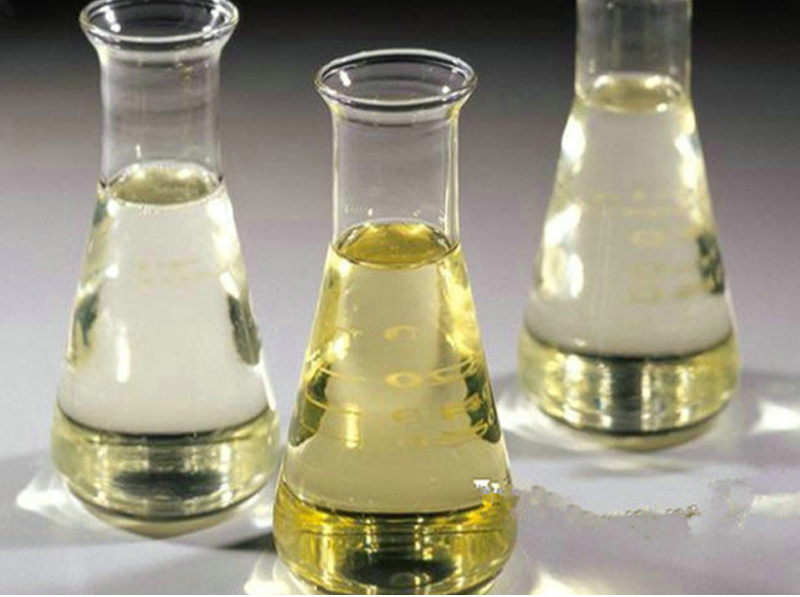**The Magic of Molecules: How Surfactants Make Everyday Life Possible**
(What Is Surfactant)
You know that moment when soap bubbles dance on your hands while washing dishes? Or when shampoo turns greasy hair into a luscious foam? Behind these simple joys lies a tiny hero: surfactants. These molecules are everywhere, working hard to make life cleaner, smoother, and even healthier. Let’s break down what they are and why they matter.
Surfactants are like tiny magnets with split personalities. The name comes from “surface-active agents,” which sounds fancy. But think of them as molecules that can’t decide whether to stick to water or run away from it. One part of a surfactant loves water. The other part hates it. This split makes them experts at breaking up things that don’t mix, like oil and water.
Imagine trying to wash oily hands with just water. The oil sticks around. Add soap, and everything changes. Soap contains surfactants. Their water-hating parts grab onto the oil. Their water-loving parts face outward, pulling the oil into the water. The oil breaks into tiny droplets, rinsing away easily. This is why surfactants are key in soaps, detergents, and shampoos. They turn stubborn grime into something water can wash off.
Surfactants don’t just clean. They stabilize mixtures. Salad dressing separates because oil and vinegar don’t mix. Add mustard, which has natural surfactants, and the dressing stays blended. The same idea applies to lotions, creams, and medicines. Without surfactants, your moisturizer would split into oily layers and watery pools.
The power of surfactants goes beyond the kitchen or bathroom. Firefighters use them in foams to smother flames. Farmers mix them into pesticides to spread chemicals evenly on crops. Doctors rely on them in medicines to help drugs dissolve in the bloodstream. Even lungs need surfactants. A thin layer of these molecules in your lungs keeps air sacs from collapsing. Premature babies sometimes struggle to breathe because their bodies haven’t made enough lung surfactant yet.
Surfactants also tackle big environmental problems. Oil spills are disasters for oceans. Cleanup crews use surfactant-based dispersants. These break the oil into small droplets. Microbes then eat the oil faster. It’s not a perfect fix, but surfactants help reduce the damage.
Not all surfactants are eco-friendly. Some older types don’t break down easily, harming aquatic life. Scientists now create “green” surfactants from plants like corn or coconut. These work well and vanish safely after use. It’s a balance between effectiveness and environmental care.
The future of surfactants is wild. Researchers design “smart” surfactants that change behavior with temperature or pH. Imagine laundry detergent that releases dirt only in hot water. Or cleaning products that switch off when flushed into rivers. Others study surfactants for nanotechnology, drug delivery, and even space travel.
Surfactants are quiet heroes. They’re in your toothpaste, your fabric softener, the vaccine that saved millions. They’re why paint sticks to walls and ink flows smoothly in pens. Next time you see bubbles in a sink or foam on a latte, remember the tiny molecules making it all happen.
(What Is Surfactant)
Surfactants prove that science isn’t just in labs. It’s in the suds of your dish soap, the cream in your coffee, the breath in your lungs. They show how small things can solve big problems, one molecule at a time.
Inquiry us
if you want to want to know more, please feel free to contact us. (nanotrun@yahoo.com)



